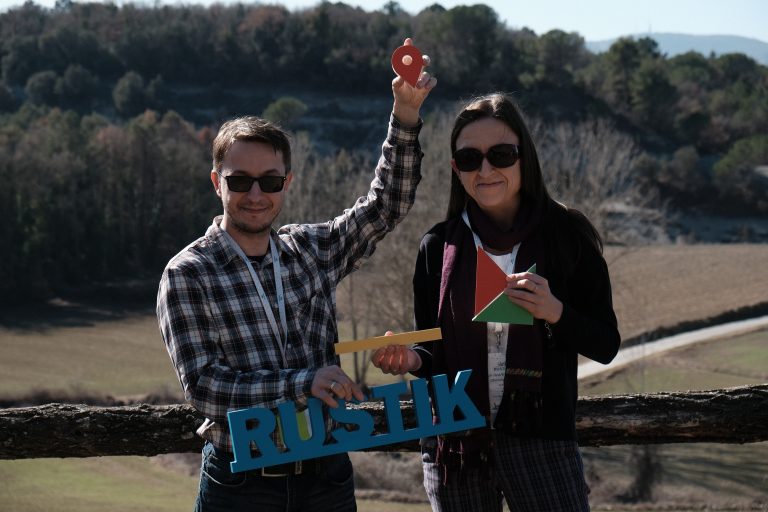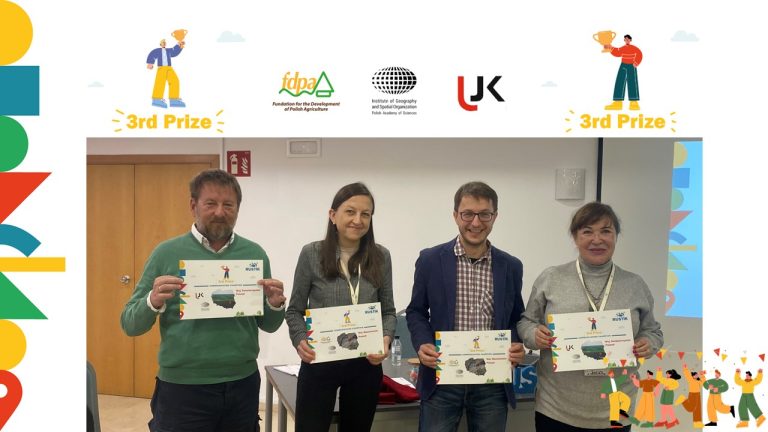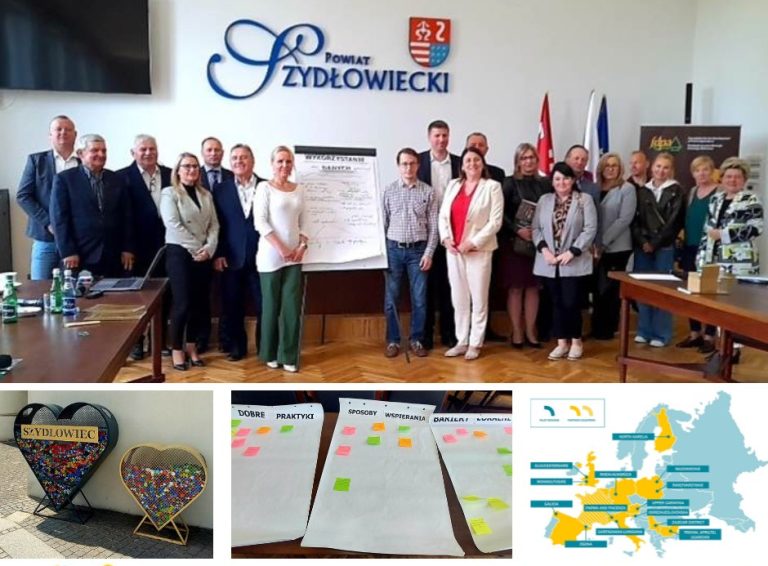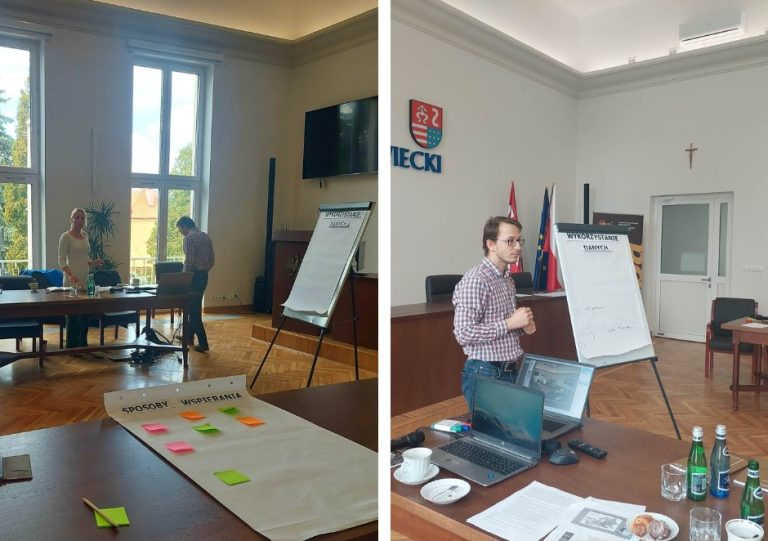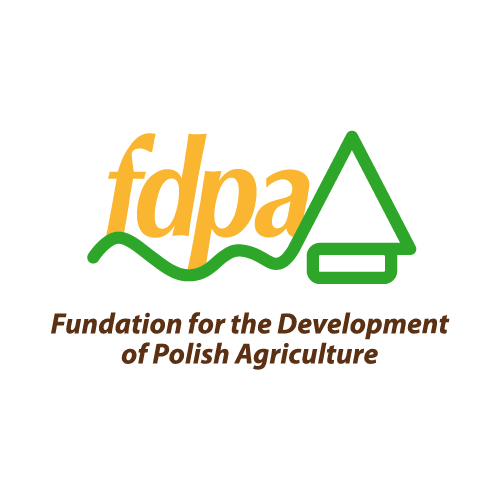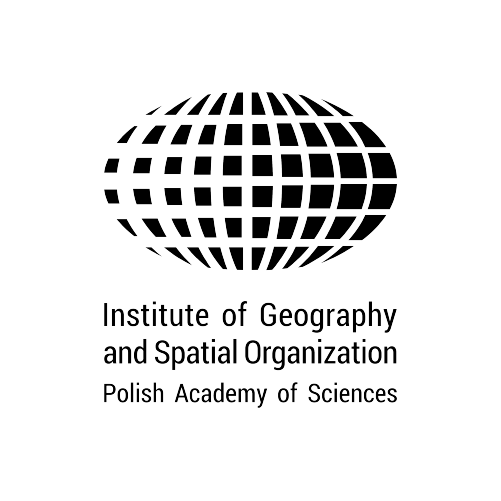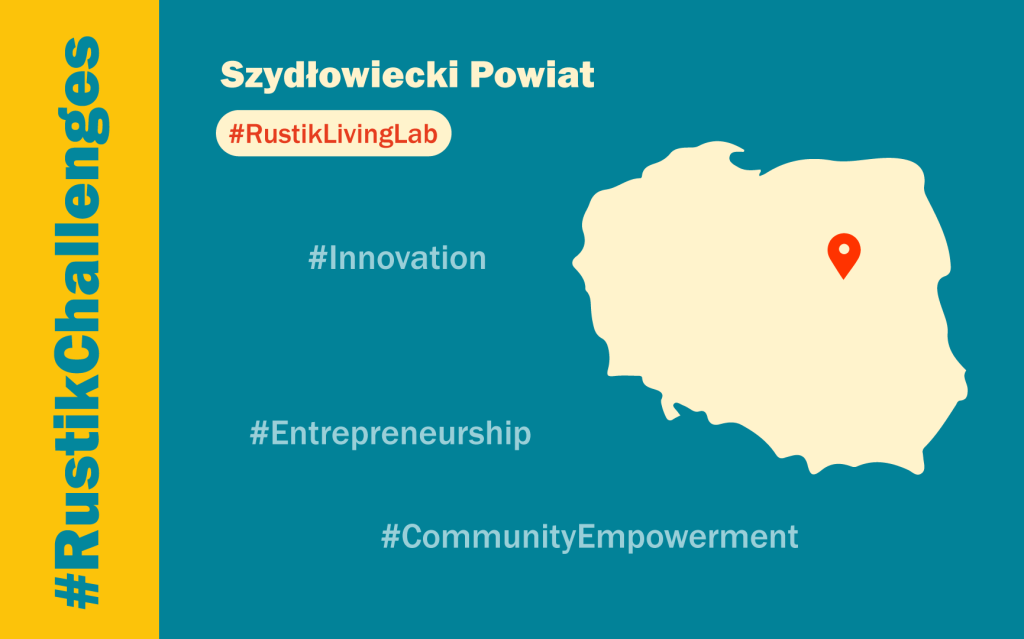Key Facts
The Mazowieckie voivodship, one of Poland’s sixteen administrative macroregions (NUTS 1) is situated in the east-central part of the country. It is divided into 37 poviats (district), and 5 cities with district rights, and is built up of 314 municipalities (gmina). Only 6,7 percent of the total area is urbanized (including Warsaw – the national capital city, 6 subregional centers, and 88 local urban places).
In the period of 2013-2020, the population of the macroregion has on average been increasing annually by 0,3 percent and in 2020 amounted to 5,4 million in total, with 35,6 percent living in rural areas. The share of females totals 65,8 percent in urban and 34,2 percent in rural parts of the voivodship. The feminization index for the macroregion as a whole is 109: 114 in the case of urban, and 101 – in rural areas. Both urban and rural areas are characterized by low birth rates and a growing share of the elderly population.
The macroregion is characterized by a historically shaped dichotomy and development polarization. In 2019 the Warsaw capital region generated as much as 17,6 percent of the national GDP, the rest of the voivodship only 5,2 percent. The region’s economy, although very diversified, features a high level of economic specialization in farming production and food processing, industry, and modern production within medium and highly advanced technology. The aggregate national agricultural valorization index of the Mazowieckie voivodship’s production space is lower than the national average. The region has developed specialized branches of farming, in particular fruit (which in 2019 accounted for 44 percent of the national production) and milk.
The macroregion is characterized by moderate environmental resources. Farmland constitutes 67,8 percent of the area (more than the national average), with a dominance of poor quality soil, especially podzolic and brown type. The region is endangered by water deficiency and droughts which strongly impacts the economy, and agriculture in particular.
Nationally, the Mazowieckie voivodhip stands out in terms of the number of landmarks covered by legal forms of protection; it also possesses other cultural assets of historical and artistic value, which comprises the region’s heritage. Out of 41 places that hold such assets, 85 percent are located outside of the capital city region. The RUSTIK study area is situated in the south-western corner of the pilot region, is mostly of rural, partly peri-urban type with its northern sections oriented towards the city of Radom, and is characterized by a considerably multifunctional economic profile and the availability of both natural and cultural resources.
Living Lab transitions
The level of education and educational activity of the inhabitants of the Mazowieckie voivodship is spatially diversified. In the capital region, every second person in the age of 15-64 carries a tertiary education degree, while the indicator for the rest of the macroregion is considerably lower. The strive for education pertains to females to a higher degree than men which results in an outflux of young women from rural areas. In spite of the currently stable demographic situation, the prognoses of change are unfavorable in terms of losses in younger cohorts. A low level of unemployment only partly solves the problem of social exclusion which still remains a challenge for the region. 10 percent of the households function below the relative poverty level. Most rural areas, including the RUSTIK study area, are characterized by a decline in the number of farms, a considerably low rentability of farming, population aging, and a steady outflow of the younger, well-educated population. Although the entrepreneurship index for the macroregion (NUTS 1) is high, there are considerable internal regional disparities diagnosed. Underdevelopment of entrepreneurial activity was for example identified as one of the key transitional challenges of the RUSTIK study area.
The macroregion’s natural environment is subject to change and transition, due to anthropogenic pressure. Ongoing urbanization and the development of technical infrastructure result in a reduction of biologically active surfaces. Climate change and global warming contribute to a periodic drought phenomenon in the region. The quality of water is endangered by municipal and industrial sewage discharges. The sustainability of high-quality water resources provision is especially challenged in the Warsaw region and Radom subregion – the RUSTK study area location.
Among the Mazowieckie voivodship’s natural resources are sands, gravels, clay raw materials as well as scarce resources of (chocolate) flint. The latter constitutes an important endogenous asset of the RUSTIK LL study area.
The Mazowieckie voivodship is characterized by a low forest cover (23.5 percent) and an uneven distribution of wooded areas. The most valuable in terms of nature quality and preservation constitute 43,5 percent in the Warsaw region and 26,9 percent in the remaining area.
Investing in digitally driven growth is one of the key development prerequisites in the macroregion. Access to broadband internet is growing systematically – there is no large disproportion between the central – capital city area and the rest of the region with 89,5 percent and 80,1 percent of households respectively being equipped with fixed-line internet (2019).
The use of digital technologies in entrepreneurial activity is steadily growing. In 2019, 75,8 percent of firms in the region had their own internet site, whereas the national average was 70,2 percent. Nonetheless, there are still considerable regional disparities between NUTS 2 units.
Follow Our Journey in Pictures 
Discover the world of Living Labs, where innovation thrives in real-time through captivating snapshots!
